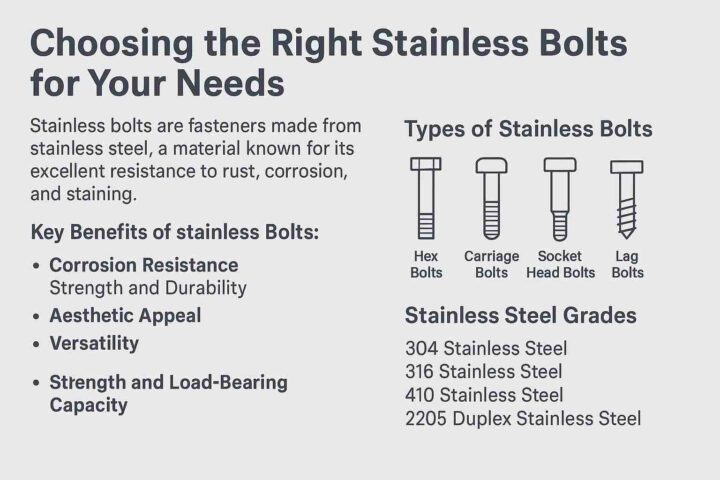Origin and Development
10G Internet is the next evolution in ultra-fast broadband technology, promising blazing speeds and ultra-low latency for the future of connectivity. It is being developed as an enhancement to current cable broadband networks, led by industry groups like CableLabs and major telecom providers.
Unlike 5G, which refers to the fifth generation of mobile network technology, 10G refers to fixed broadband networks capable of delivering 10 gigabits per second (Gbps) to homes and businesses. The journey to 10G has been years in the making, starting with early cable modem standards like DOCSIS (Data Over Cable Service Interface Specification).
Since the late 1990s, the internet has evolved from dial-up and DSL to fiber-optic and cable broadband, culminating in 1G and 2G home internet speeds. As demands for higher resolution streaming, smart devices, gaming, and remote work increased, 10G emerged as the solution to meet future data needs. The 10G platform is expected to support emerging technologies like AI, augmented reality, and remote healthcare.
How It Works
10G Internet works by leveraging a combination of upgraded cable infrastructure, enhanced fiber optics, and DOCSIS 4.0 technology. The technology primarily focuses on fixed-line broadband, not wireless, making it ideal for residential and commercial internet users who require consistently high bandwidth and reliability.
DOCSIS 4.0 enables symmetrical download and upload speeds, unlike current networks where upload speeds are significantly slower. This standard allows network operators to use existing coaxial cable networks to deliver speeds up to 10 Gbps, significantly reducing infrastructure costs compared to new fiber rollouts.
To put it simply: 10G is not just about speed—it’s about stability, security, and scalability. It’s designed to handle dense data environments, multiple users, and ultra-HD video streaming without lag or interruptions.
Speed and Capabilities
What is 10G Internet speed? It refers to a data transmission speed of up to 10 gigabits per second (Gbps)—that’s 10,000 megabits per second (Mbps). For context, current average broadband speeds in the U.S. are around 100–200 Mbps. So, how fast is 10G Internet? It’s up to 100x faster than standard broadband.
But the real power of 10G lies in its ultra-low latency technology. Latency refers to the time it takes for data to travel from one point to another. 10G promises latency as low as 1 millisecond, enabling real-time interactivity. This is essential for applications like virtual reality (VR), autonomous vehicles, and remote surgery, where delay could have serious consequences.
Additionally, 10G can support more devices simultaneously, making it ideal for smart homes, IoT ecosystems, and large families with multiple internet users. The technology will also enable buffer-free 8K video streaming, high-speed cloud access, and seamless gaming.
Global Impact
10G Internet will revolutionize industries and public services globally. In healthcare, it enables remote diagnostics and surgeries using real-time data transmission. In education, it allows for immersive, interactive learning environments accessible from anywhere in the world.
In transportation, connected infrastructure and autonomous driving rely on ultra-reliable internet connections with low latency. Governments and private companies can implement smart city technology—integrated traffic systems, energy management, and public safety tools—all powered by high-speed, low-lag connections.
The future of internet connectivity isn’t just about faster YouTube or Netflix—it’s about transforming how societies operate.
Real-world Applications
10G Internet is already being tested in pilot programs across the U.S. and Europe, with early applications including:
- Smart homes with intelligent appliances, security systems, and climate control.
- Remote medical treatment with real-time video and data feedback.
- Telepresence and VR collaboration tools for business and education.
- Industrial automation and AI-powered robotics in manufacturing.
- Next-generation gaming with immersive virtual worlds and lag-free multiplayer.
As deployment expands, 10G will redefine what’s possible in digital infrastructure and day-to-day life.
5G vs 6G vs 7G vs 10G
The comparison between 5G vs 10G is often misunderstood due to the similar naming. 5G, 6G, and 7G refer to mobile network generations, while 10G is a fixed broadband standard. Here’s how they differ:
- 5G: Wireless, ~1 Gbps speeds, mobile focus. Widely available.
- 6G: In development, promises up to 100 Gbps and AI integration.
- 7G: Theoretical, speculative tech beyond current R&D.
- 10G: Fixed broadband, 10 Gbps symmetrical speeds, stable and secure.
10G is designed for home and business use, offering more reliable and higher-capacity internet than wireless options. While 5G is ideal for mobility, 10G ensures a solid foundation for homes, hospitals, schools, and workplaces.
Advantages Over Previous Technologies
10G Internet delivers significant improvements over 1G, 2G, and current gigabit services:
- Speed: 10x to 100x faster than typical broadband.
- Symmetry: Equal download and upload speeds for cloud, gaming, and video calls.
- Reliability: Improved uptime and error correction.
- Security: Encrypted data pathways and secure access points.
- Scalability: Supports future tech like metaverse and smart grids.
These advantages position 10G as a foundational layer for the digital future.
Security and Privacy Concerns
With greater speed comes greater responsibility. 10G networks will carry vast volumes of sensitive data, from medical files to financial transactions. As a result, cybersecurity is a top concern.
Industry leaders are integrating end-to-end encryption, AI-based threat detection, and advanced firewalls into 10G infrastructure. Additionally, regulators are pushing for data privacy compliance, ensuring user rights are protected even as networks evolve.
Challenges in Implementation
Despite its promise, 10G faces several obstacles:
- Infrastructure costs: Upgrading to DOCSIS 4.0 and expanding fiber access.
- Regulatory hurdles: Licensing, zoning, and data privacy concerns.
- Technical expertise: Training a workforce capable of building and managing next-gen networks.
- Global disparity: Low-income or rural areas may fall behind in adoption.
Closing the digital divide is key to ensuring the benefits of 10G are shared equitably.
Countries Leading the Race
The United States, South Korea, Germany, and China are at the forefront of 10G deployment. Comcast, Charter, and Liberty Global are testing 10G in North America, while European countries integrate fiber into their national broadband strategies.
South Korea and Japan are leveraging high-density urban planning to deploy fixed 10G networks rapidly. These countries recognize that ultra-fast broadband is critical to economic competitiveness in the digital age.
Environmental Impact
While 10G can reduce energy consumption through smarter infrastructure, there are concerns about e-waste, energy use in data centers, and equipment upgrades.
Telecom companies are working on energy-efficient routers, recycled cabling, and green data centers. By integrating sustainability from the ground up, 10G could support both digital and environmental innovation.
Economic Benefits and Job Creation
10G Internet is expected to create millions of jobs globally, from network engineering and cybersecurity to remote work and telehealth roles. According to economic forecasts, ultra-fast broadband will contribute trillions of dollars to global GDP by 2030.
New opportunities in AI, fintech, and immersive media will arise thanks to the stable, high-speed foundation 10G provides. This makes it not just a tech upgrade, but an economic engine.
Future of Connectivity
The next 10–20 years will be shaped by technologies that rely on fast, stable internet. 10G will pave the way for:
- Smart nations with automated infrastructure.
- AI-integrated homes and workplaces.
- Global education equality through virtual classrooms.
- Decentralized digital economies based on blockchain and cloud-native apps.
As 10G becomes widespread, it will redefine how we live, learn, work, and connect.
Conclusion
10G Internet is more than a speed boost—it’s a technological revolution. By delivering ultra-fast, low-latency, highly reliable connectivity, 10G is set to empower everything from smart homes to smart cities, from real-time healthcare to immersive entertainment.
While challenges remain, the benefits for society, the economy, and future generations make 10G one of the most anticipated innovations in internet history. The future of internet connectivity is here—and it’s 10G.
FAQs – Commonly Asked Questions About 10G Internet
Q: What is 10G Internet?
A: It’s a next-gen broadband network capable of delivering 10 Gbps speeds with ultra-low latency.
Q: How fast is 10G Internet?
A: Up to 10,000 Mbps—roughly 100 times faster than average broadband.
Q: Is 10G the same as 5G?
A: No. 10G is fixed broadband. 5G is mobile wireless. Both are complementary, not competing.
Q: When will 10G Internet be available?
A: Rollouts have started in 2023–2024, with widespread access expected by 2030.
Q: What can I do with 10G Internet?
A: Enjoy real-time cloud computing, 8K streaming, immersive gaming, and seamless smart home integration.
For More Update and Stories Visit: Info Records













